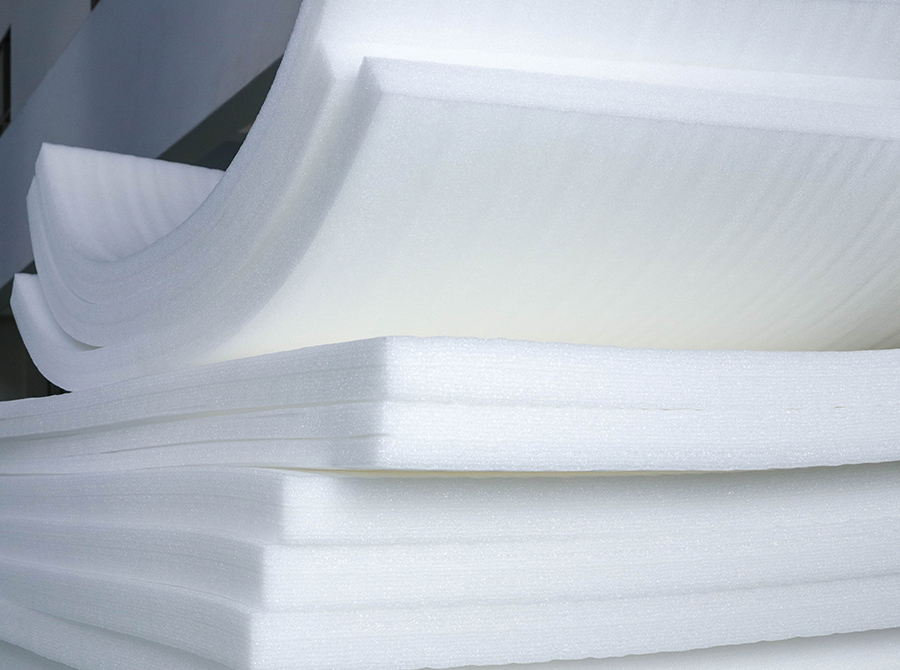Wall Insulation
Wall insulation refers to the process of adding material to the walls of a building to reduce heat transfer and increase energy efficiency. The insulation material is installed between the exterior wall and the interior wall, or in the wall cavity itself. This helps to keep heat inside during the winter and outside during the summer, reducing the amount of energy required to maintain a comfortable temperature within the building.




